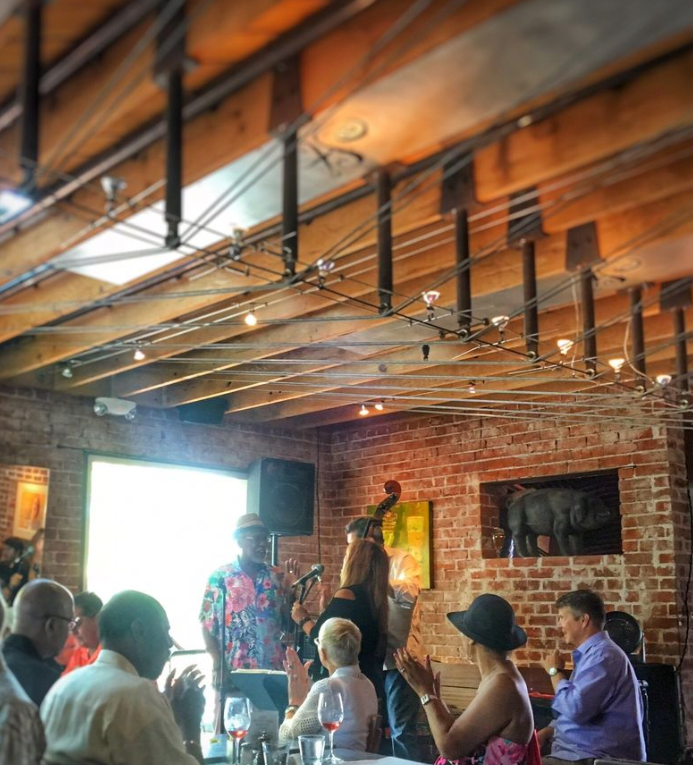FloydLloyd
Structural
I'm strengthening a 28' wood beam, single span, by adding a column at 6 feet from one end.
This creates an uplift condition at the existing end support, a brick exterior wall.
The usage is floor loading, assembly, 100 psf.
DL is about 15 psf (I'm using 20).
Beam is 12x16, 8 foot trib.
We want to avoid moving the new post to the center, but possibly could move it a little farther away from the wall. Flitch plates, added LVL's, etc., don't seem easier or simpler than adding a new post and footing.
Several ideas I've considered.
[ul]
[li]Ignore it. It will never feel the full live load, or only for short duration.[/li]
[li]Modify the brick beam pocket, at existing support, to allow upward movement (about 1"). This might allow unwanted movement effect at the short end of the beam.[/li]
[li]Modify the brick beam pocket to restrain upward movement so that unwanted upward deflection is not felt by occupants.[/li]
[li]Cut the beam to hinge at the new post, or the zero moment point.[/li]
[li]Use a spring support "tuned" to the loading/deflection conditions.[/li]
[/ul]
Thanks for you time and interest.
This creates an uplift condition at the existing end support, a brick exterior wall.
The usage is floor loading, assembly, 100 psf.
DL is about 15 psf (I'm using 20).
Beam is 12x16, 8 foot trib.
We want to avoid moving the new post to the center, but possibly could move it a little farther away from the wall. Flitch plates, added LVL's, etc., don't seem easier or simpler than adding a new post and footing.
Several ideas I've considered.
[ul]
[li]Ignore it. It will never feel the full live load, or only for short duration.[/li]
[li]Modify the brick beam pocket, at existing support, to allow upward movement (about 1"). This might allow unwanted movement effect at the short end of the beam.[/li]
[li]Modify the brick beam pocket to restrain upward movement so that unwanted upward deflection is not felt by occupants.[/li]
[li]Cut the beam to hinge at the new post, or the zero moment point.[/li]
[li]Use a spring support "tuned" to the loading/deflection conditions.[/li]
[/ul]
Thanks for you time and interest.

![[idea] [idea] [idea]](/data/assets/smilies/idea.gif)
